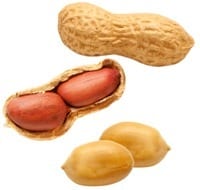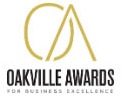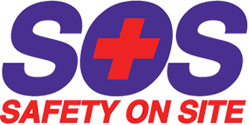
A recent and controversial decision by Quebec’s largest school board, Commission Scolaire de Montreal, poses risks to children with anaphylaxis, a potentially life-threatening allergic reaction. The board says that parents should have the right to determine their children’s dietary needs and that schools cannot prohibit certain foods or confiscate a child’s lunch. The controversial decision will affect children in approximately 200 Montreal schools.
The Montreal School Board has given Instructions for kids to wash their hands after eating and is prohibiting children to share any food.
The big question is how do you ensure that kids under 10 don’t share food and wash their hands before touching surfaces like desks? This may work in high schools where students are more mature and understand the risks, but elementary school children need guidance from schools on how to control their surroundings and help other people with allergies.
Many schools have adopted a no-nut policy because this is not a dietary issue. It’s a matter of life and death for some people. Kids with allergies can have very severe reactions to certain foods that can be deadly. Even a little residue on a table or desk, left behind by a child eating a peanut butter sandwich, can lead to death for kids with serious allergies.
This recent decision serves as a reminder and opportunity for parents and schools to teach children about the prevention and treatment for anaphylactic shock.
What to look for:
Anaphylactic shock can happen suddenly and can progress very quickly. Signs and symptoms to look for are:
- Trouble breathing
- Hives, rash or swelling
- Tightness, scratchiness of the throat
- Nausea or vomiting
- Abdominal pain
What to do for a serious allergy:
It is very important that children have their lifesaving medicine accessible at all times. An anaphylactic reaction should be treated right away with an injection of epinephrine, followed by an immediate call to 911.
To inject the lifesaving medication, remove the epipen from the carrier tube and follow these steps:
Blue to the sky, Orange to the thigh
Step 1: Hold the auto-injector firmly with the orange tip pointing downward.
Step 2: Remove the blue safety cap by pulling it straight up. Do not bend or twist the cap.
Step 3: Push the orange tip firmly into the mid-outer thigh until you hear a ‘click’.
Step 4: Hold and press against the thigh for about ten seconds.
Step 5: Call 911 after using an Epinephrine Auto-Injector.
Step 6: Place the used epipen back into the carrier tube and give to Emergency Medical personnel.
Parents, communities and schools need to work together to prevent serious allergic reactions.






